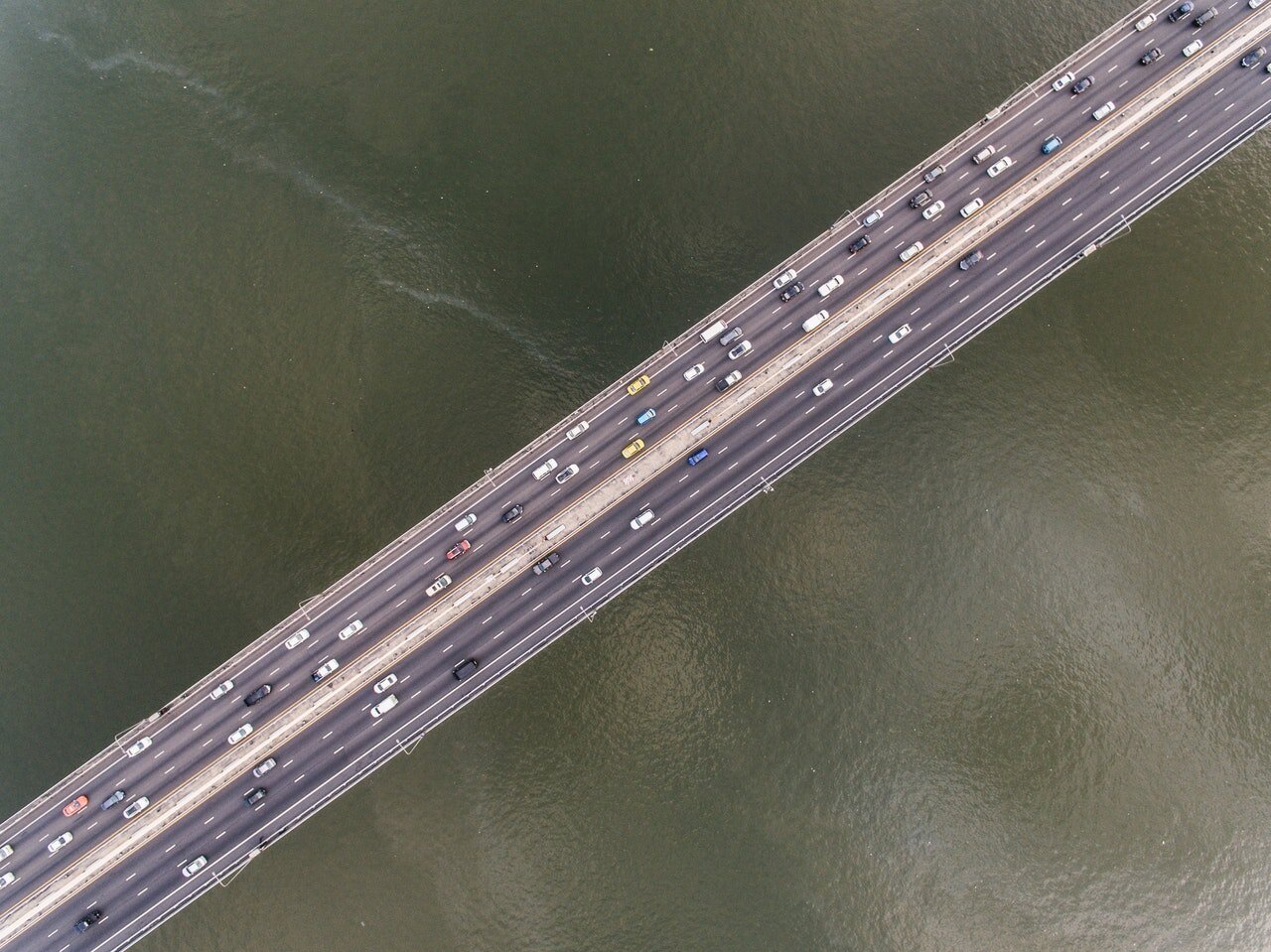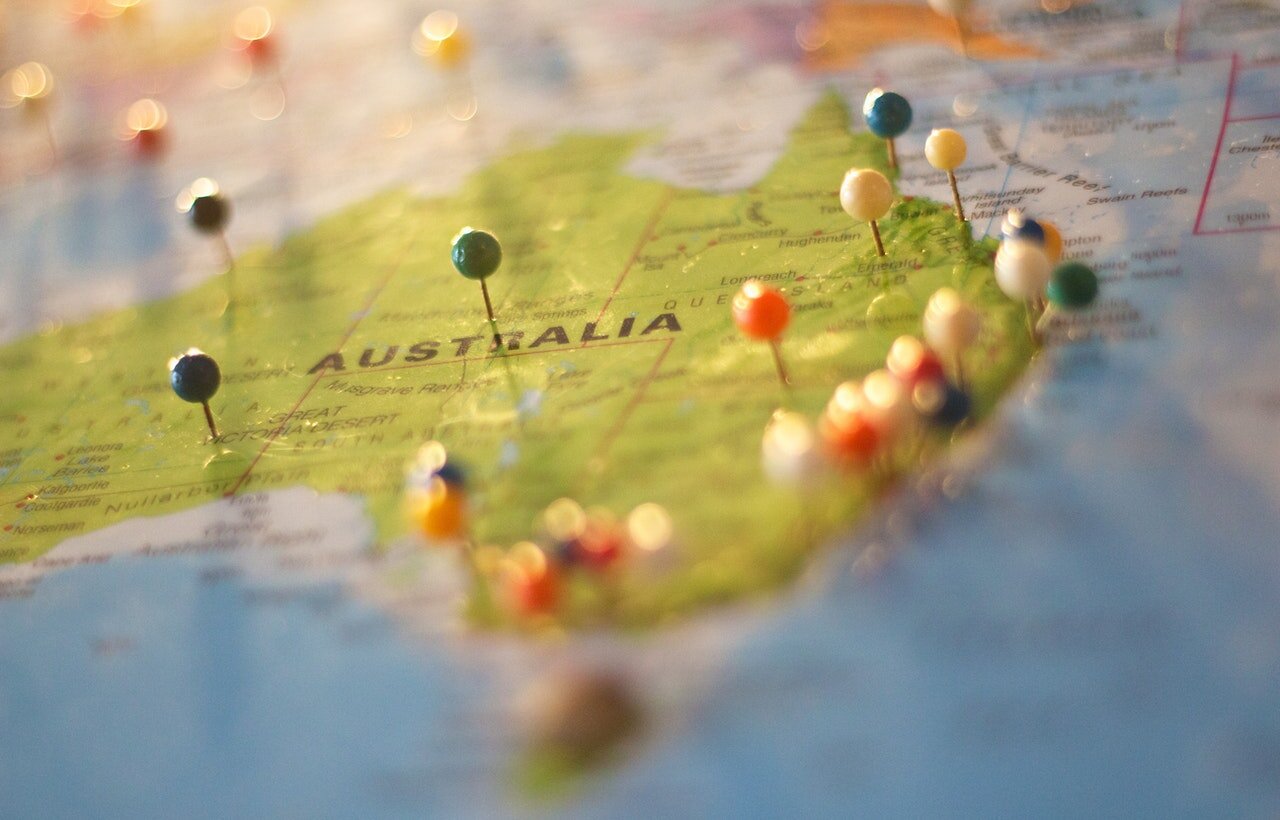Nina Friars and Netra Hankins produce an art journal that deconstructs the artificially constructed.
A GUIDE TO READING THIS JOURNAL
We implore our readers not to go through the world complacently. We encourage our readers to not mindlessly consume, but instead, to actively question and critically re-evaluate what is deemed objective. Society has developed in…




